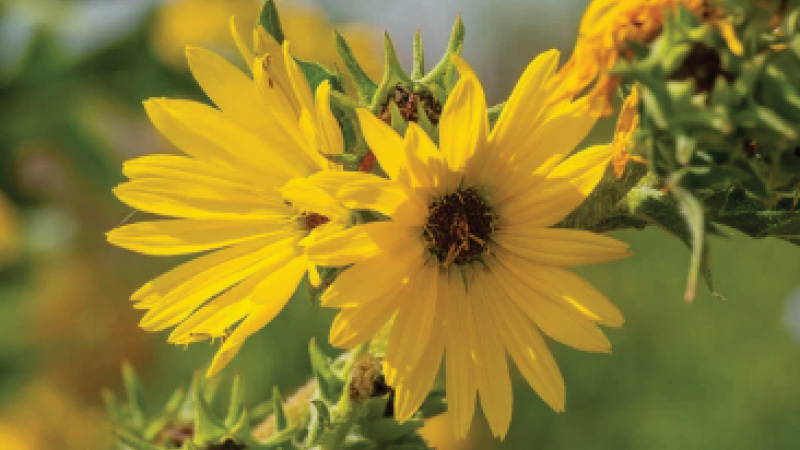The rare Compass Plant resides in the hills of Lawrence County
Published 5:00 am Wednesday, July 3, 2024
By Joseph DiCristofaro
The Ironton Tribune
Nestled in the rolling hills of Lawrence County remains a small population of compass plants, which are some of the few lasting remnants of the prairie days long ago.
“It’s the only compass plant population that we consider native; it is questionable if it’s native there because it is odd that it is in that part of Ohio,” said Rick Gardner, Chief Botanist of the ODNR.
“There are old historical records for that species from north and central Ohio. Currently, the only native population is the one in Lawrence County,” Gardner said.
The compass plant’s last remaining population in Ohio resides in the Anderson Compass Plant Prairie State Nature Reserve in Willow Wood.
“Ohio is its eastern limits. It’s a western prairie species. In areas like Illinois, Indiana, and the plains out there it is a lot more common,” Gardner said.
While the southern part of the state is known for its rolling hills and wooded area the state looked much different centuries ago.
“Most people think the prairies and prairie habitats being west central Ohio or further west, but Ohio was prairie land or open woodland habitats,” Gardner said. “Lawrence County still has a lot of these. The plant could’ve gotten to Ohio before settlement.”
There is some debate in the botanist community about whether or not the plant is a native species. For a plant to be considered native, it had to be in Ohio before settlement.
“Some botanists question if it is native there since it is such an odd place for it and hasn’t been found anywhere else in that part of the state,” Gardner said.
The compass plant flourishes in open landscapes such as the area where it can be found in Lawrence County.
“It can tolerate shade for a while, but it will eventually die if it’s in full shade; it needs a sunny habitat and dark rich soil or clay soil,” Gardner said. “A prairie or barren habitat that has full or partial sun is what it prefers.”
Due to the plant’s uniqueness, the ODNR has taken care of the reserve for over four decades to maintain and promote the compass plant’s small population in Lawrence County.
“We do prescribe burns there to keep the prairie open; we have to be active to keep it as a prairie there,” Gardner said.
The area of land and rarity of the plant in the state caught the eye of an international nonprofit in 1980 and since then has been protected due to the plant being on the state’s endangered list, based on the site in Lawrence County.
“Originally it was purchased by the Nature Conservancy in 1980, which is an international nonprofit organization,” Gardner said. “Nine years later they donated it to the ODNR. It’s been a dedicated state nature reserve since then.”
Gardner said the plant’s name is derived from folklore; the flowers point towards the cardinal directions and move with the sun.
The site that is home to the compass plant is available to visit by permit only and is not open to the public.
“Because there’s no easy access to the preserve, it’s on a very steep hillside on a state route,” Gardner said. “There’s no safe place to park so we don’t have it as an open-to-the-public preserve.”






